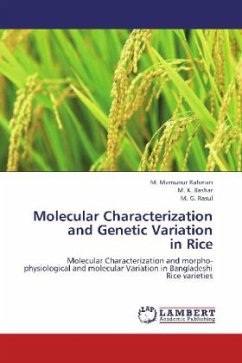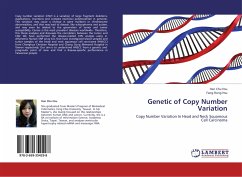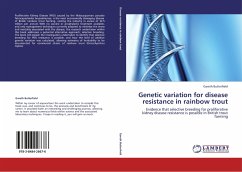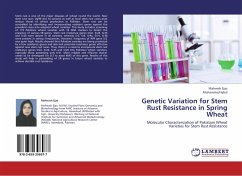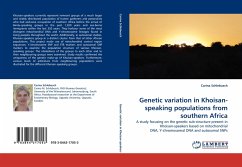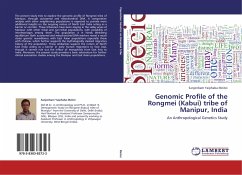Molecular characterization and genetic divergence among 21 T. Aman rice cultivars was assessed in this study. It seemed that eight morphological characters exhibited that they were controlled by additive gene action and selection based on these traits would be rewarding. Among 14 physiological traits, flag leaf area, days to maturity, LAI at PI, CGR at PI and flowering, RGR at flowering and harvest index could be suitable criteria for selection. Multivariate analysis was carried out by SPSS v 12.0 and GENSTAT v 5.5 softwares based on morphological and physiological traits. GENSTAT was found more efficient than SPSS program for diversity studies. A total of 143 alleles were detected with 34 SSR markers where 85 were frequent allele, 57 were rare allele and 42 were unique allele. Alleles per locus ranged from 2 to 11 alleles, with an average of 4.21 alleles. PIC values ranged from 0.157 to 0.838 with an average of 0.488. Eight SSR markers viz. RM10713, RM279, RM424, RM6266, RM1155,RM289, RM20224 and RM5371 amplified specific alleles only in aromatic rice varieties. It was revealed that molecular diversity was best followed by morphological diversity.

